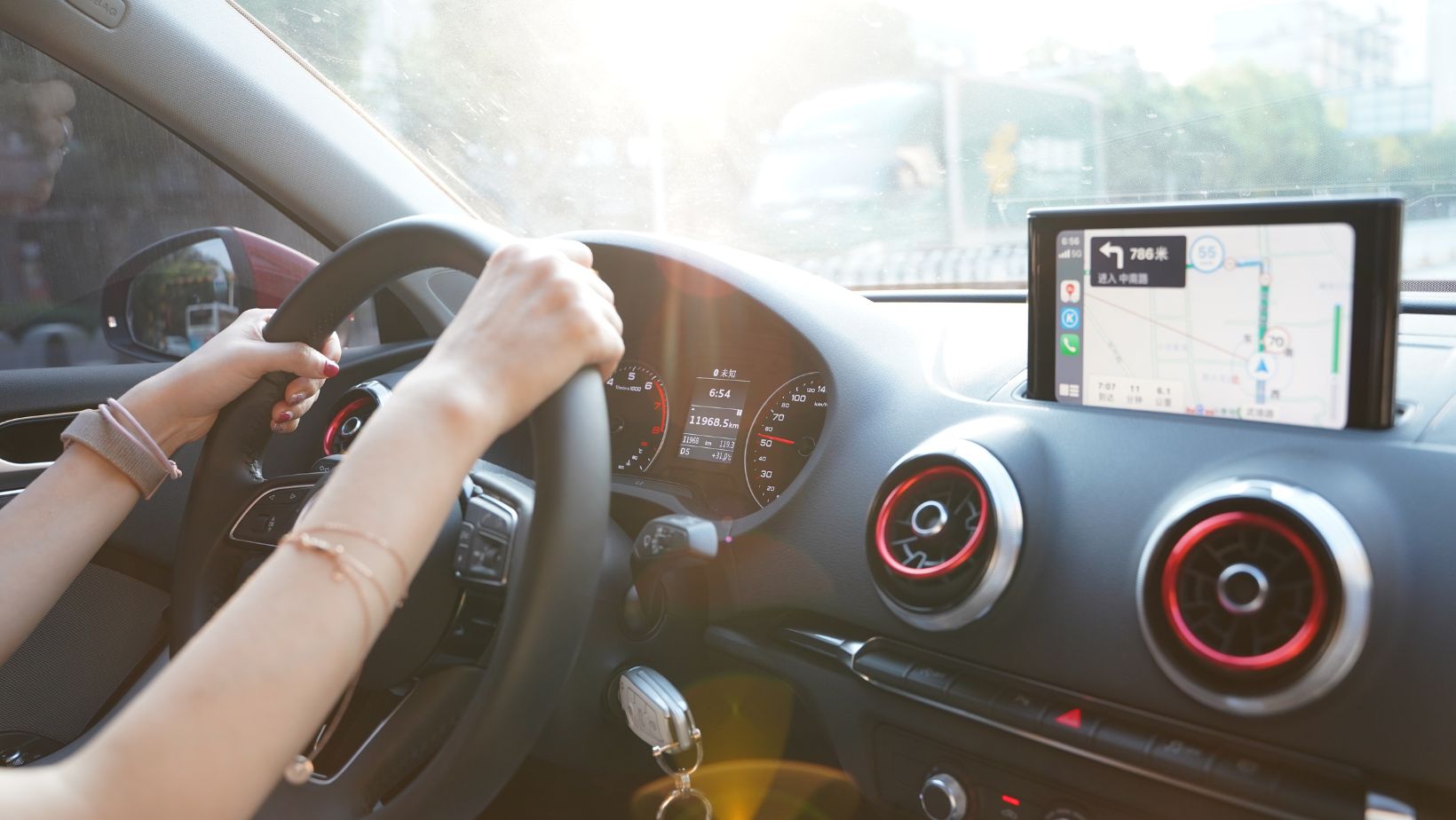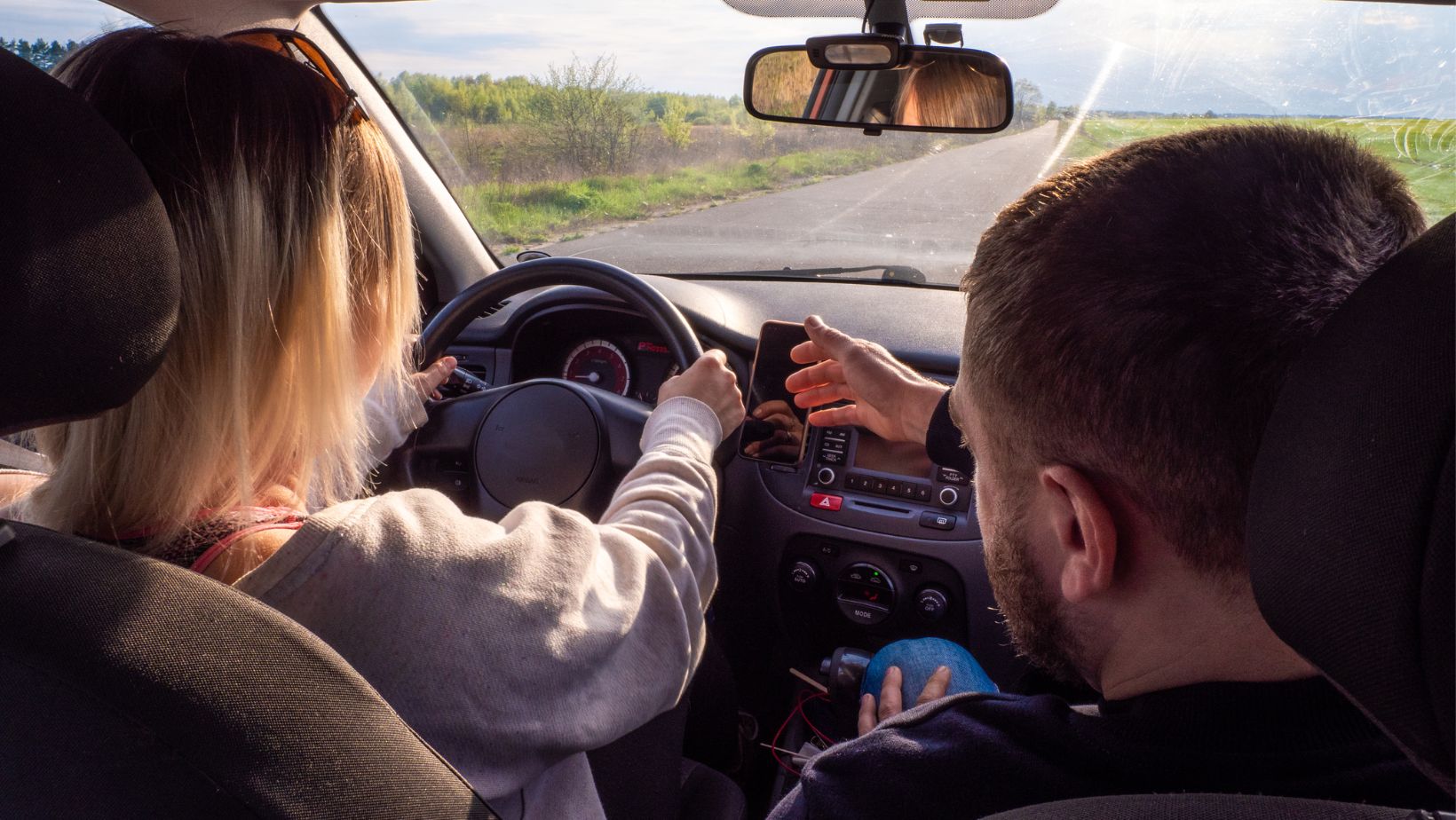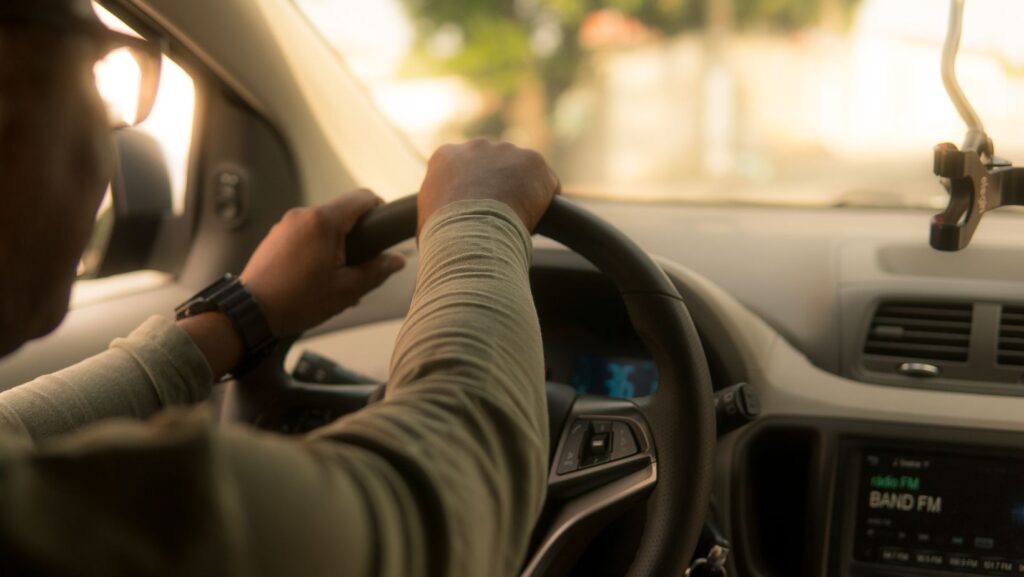Watching your teen get behind the wheel for the first time can bring a mix of pride and worry. It’s natural to feel concerned about their safety and potential mistakes. Fortunately, with the right approach, many common pitfalls can be avoided. Early education, regular practice, and structured drivers education courses guide your teen toward becoming a responsible, confident driver.

Combining family-led practice with professional driving lessons provides the balanced support they need for safer choices on the road. For parents in Austin, this may include finding a reputable Austin driving school to ensure they get the tailored guidance needed for the city’s unique road challenges. Choosing the best driving school in Austin ensures high-quality instruction and a supportive learning environment. Ultimately, the goal is to help your teen obtain their driver’s license with confidence.
Section 1: Common Mistakes Made by New Drivers
The journey of learning to drive often comes with its share of mistakes. By understanding some of the most common ones, you can help your teen avoid them and feel more confident on the road.
1. Distracted Driving
In today’s world, distractions are everywhere. Teens can easily get caught up in checking a text, switching a playlist, or chatting with friends. Even small moments of inattention can lead to dangerous situations. Encouraging a distraction-free drive is crucial for building strong driving skills and ensuring safety on the road.
2. Improper Lane Changes
Lane changes require skill and patience, which can be tricky for new drivers. Help them learn the basics of mirror checks, judging distances, and timing. By practicing lane changes together, you can guide them in making each action on the road thoughtful and safe.
3. Tailgating
Following too closely is a common issue for teens who may not fully grasp safe stopping distances. Explain the importance of keeping a safe following distance to help them avoid unnecessary risks and prevent rear-end collisions.
4. Speeding
Many teens are tempted to drive over the speed limit, especially on open roads or when in a rush. Emphasizing the importance of staying within speed limits, particularly in school zones and residential areas, reinforces that safety comes first.
Section 2: How to Teach Teens Defensive Driving
Defensive driving is one of the most effective ways to help your teen build a safe driving foundation. Here’s how you can encourage these essential skills:
Lead by Example
Teens learn a lot from observing. Demonstrating defensive driving techniques—such as staying alert, keeping a safe distance, and avoiding distractions—sets an example of responsible driving.
Teach Anticipatory Skills
Help your teen learn to anticipate what other drivers might do. Starting in low-traffic areas allows them to practice looking out for signals, other cars’ movements, and potential hazards comfortably.
Emphasize Patience and Focus
New drivers may feel pressured to keep up with fast-moving traffic. Remind them that it’s okay to take their time, stay calm, and drive at a comfortable pace. Their safety is always the priority.
Practice Defensive Maneuvers
Practicing smooth lane changes, controlled stops, and turns prepares them for unexpected situations. These habits will help them feel more in control and better equipped to handle surprises on the road, which is crucial for success in the driving test.
Section 3: Navigating Austin-Specific Driving Challenges
Austin is known for its busy streets, bustling intersections, and frequent construction zones, which can be challenging for new drivers. Preparing your teen for these unique scenarios helps build their comfort and confidence.
Handling Busy Intersections
Austin’s intersections can be hectic, especially during peak hours. Practicing in these areas, preferably during quieter times, can help them adjust to traffic signals, pedestrian crossings, and complex turns with confidence.
Navigating Highway Merges
Highway merging is often intimidating for new drivers. Start by practicing merges during off-peak hours so they can get comfortable without the pressure of heavy traffic. Encourage them to stay in the right lane until they’re more confident navigating faster speeds.
Managing Construction Zones
Austin’s growth means construction zones are common, and they can be confusing for new drivers. Remind your teen to slow down, stay alert, and pay attention to any new signs or lane shifts in these areas.
Exploring Austin Driving Schools for Real-World Practice
A reputable Austin driving school can be especially helpful for preparing your teen to handle the city’s unique road challenges. Scheduling a driving exam through these schools is convenient and can help avoid long wait times at the Texas Department of Public Safety. With tailored practice scenarios and the guidance of experienced instructors, they’ll gain practical experience suited to Austin’s driving conditions.
Section 4: The Benefits of a Structured Learning Environment
A structured environment provides stability and guidance, helping teens feel secure as they learn. Professional certified driving instructors offer a supportive setting for building essential habits.
A Calmer, Safer Environment
Teens often feel more relaxed with a certified instructor, allowing them to focus on learning in a calm, structured space. Professional instructors are trained to keep lessons constructive, which can be a big relief for teens who feel nervous practicing with family.
Thorough Road Test Preparation
Driving schools cover road test essentials like parallel parking and proper mirror checks. This structured approach builds confidence and prepares them for the real test.
Instilling Lifelong Safe Habits
Certified instructors focus on reinforcing habits that prevent accidents, like defensive driving and safe lane changes. These skills are invaluable for helping your teen stay safe on the road long after passing the test.
A Supportive Learning Environment
Teens feel less pressured with a professional who patiently guides them through new skills. This supportive setting encourages them to ask questions, make mistakes, and learn at their own pace, helping them grow into confident drivers. The benefits of behind the wheel training in such an environment are immense, as it provides practical driving experiences essential for obtaining a license.
Section 5: Reinforcing Safe Habits for a Lifetime
Safe driving habits are invaluable for our teens’ futures. These habits protect them not only now but also in the years to come.
Building Awareness and Control
Encourage habits like frequent mirror checks and steady speed control to help your teen stay aware and composed on the road.
Maintaining Safe Following Distances
Teaching safe following distances helps your teen avoid unnecessary risks, especially in Austin’s busy areas.
Anticipating and Reacting to Other Drivers
Defensive driving is about readiness. Encouraging your teen to observe other drivers and anticipate changes allows them to react safely, even in dynamic situations.
Consider Driving Classes
Many Austin-based driving schools offer defensive driving classes to strengthen these core habits. Coastline Academy is renowned for its driving classes, offering unique teaching methods and specialized programs tailored for new or nervous drivers. Investing in these lessons helps make safe driving second nature to your teen, providing peace of mind for you as a parent.
Setting Your Teen Up for Success on the Road
As parents, we want to see our teens become responsible, capable drivers who value safety. With a mix of family practice, professional driving lessons, and consistent reinforcement of good habits, we can help them avoid common driving mistakes. A professional driver education course offers the steady foundation your teen needs to approach the road with confidence and responsibility.

Combining your guidance with professional instruction from an Austin driving school helps ensure that your teen will grow into a safe, considerate driver. With the right preparation, they’ll be ready to handle the road ahead, protecting themselves and others with each mile.


